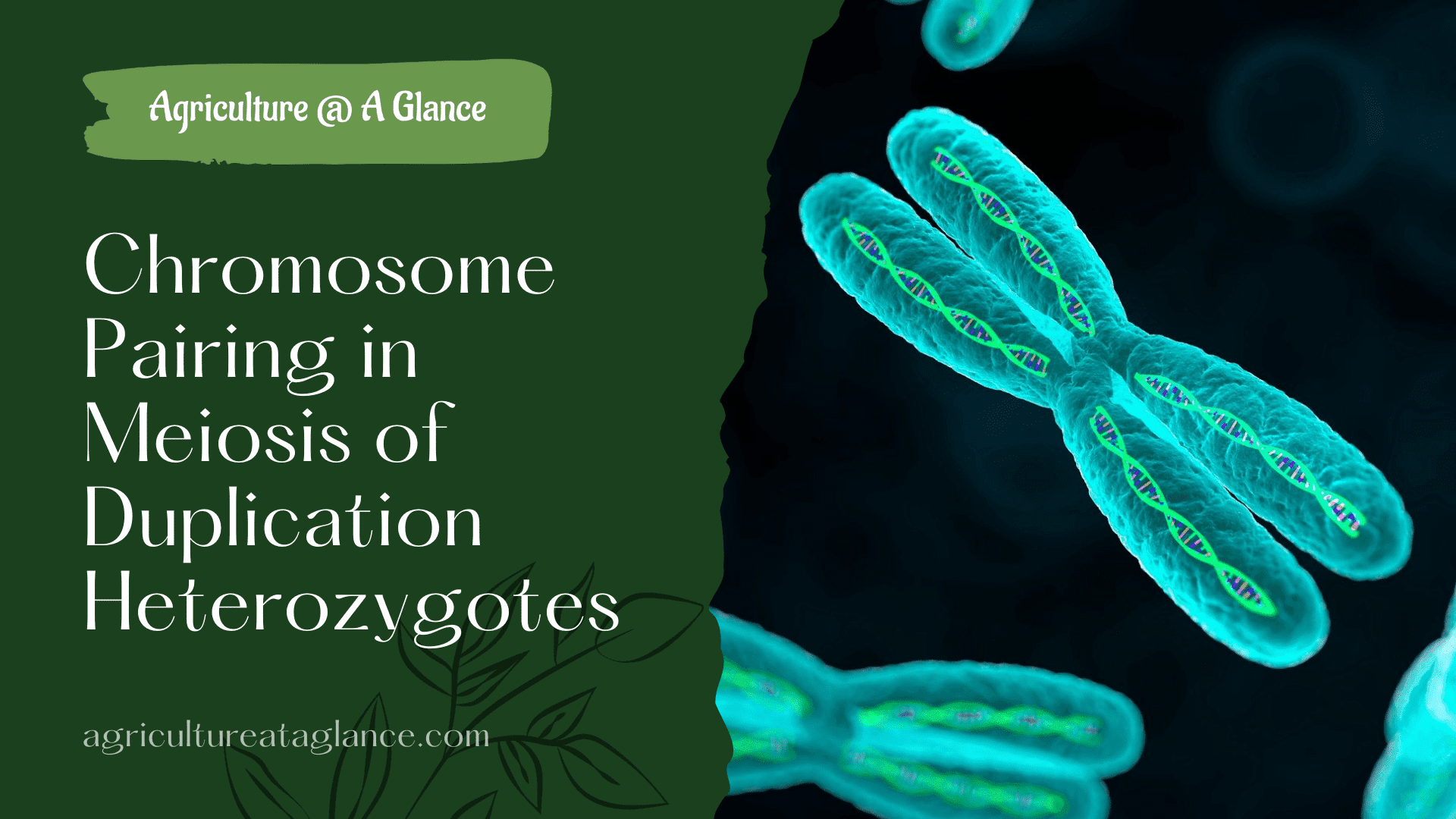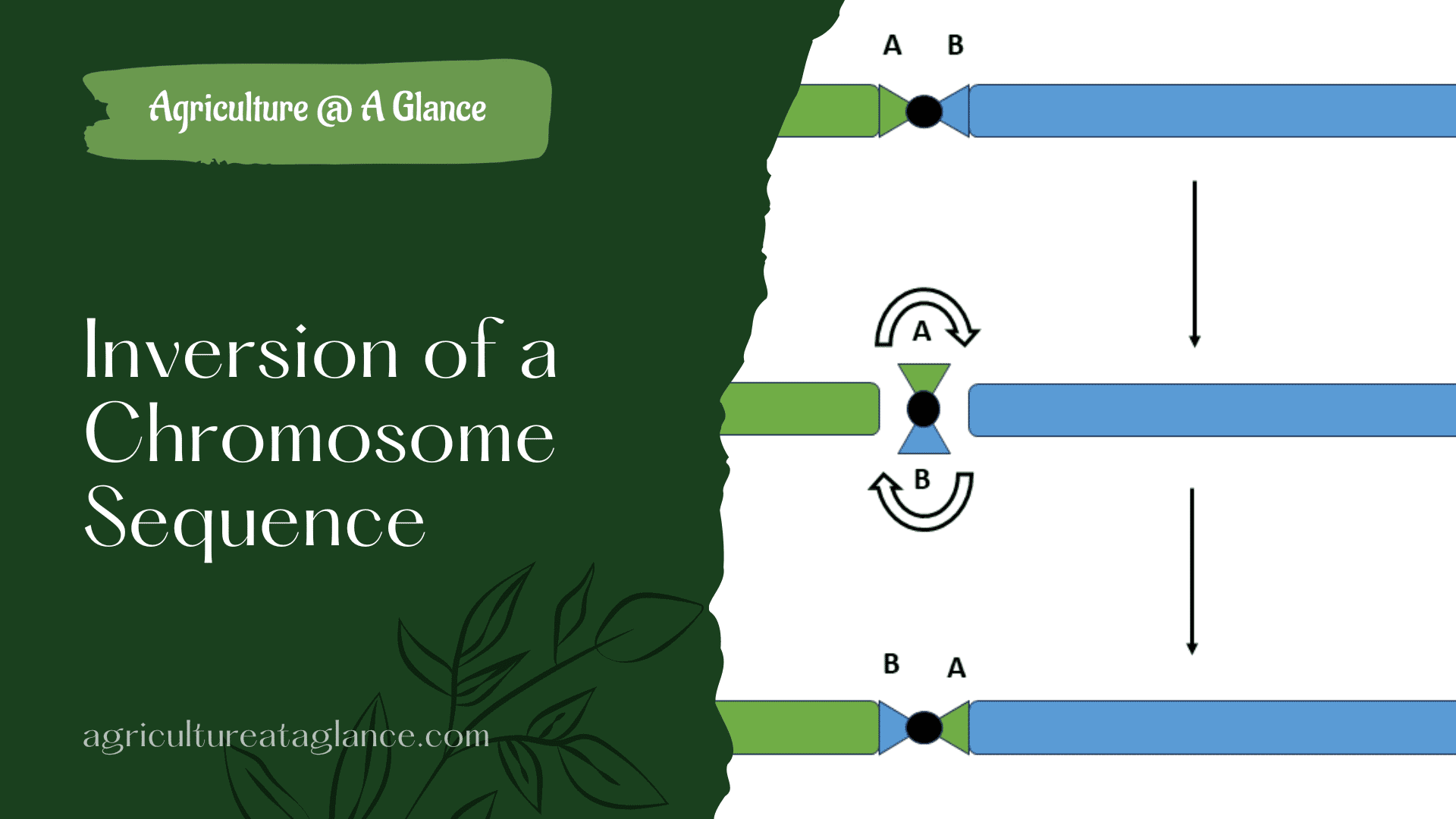Abstract
In summary, during meiosis in a duplication heterozygote, the chromosome with the duplicated segment forms a loop to pair with its normal homolog. This process can lead to genetic imbalances and reduced fertility due to the formation of gametes with abnormal chromosome structures.
Introduction
Chromosome pairing is a crucial step in meiosis, ensuring the proper segregation of chromosomes. In duplication heterozygotes, where one chromosome of a homologous pair contains a duplication of a segment, chromosome pairing during meiosis can be affected in various ways. This phenomenon is significant for understanding genetic variation, fertility issues, and chromosomal abnormalities in organisms.
1. Overview of Meiosis and Chromosome Pairing
Meiosis is the process of cell division that reduces the chromosome number by half, producing gametes (sperm or eggs). It consists of two divisions: meiosis I and meiosis II. During prophase I of meiosis I, homologous chromosomes pair up and undergo synapsis, forming a structure known as a bivalent. This ensures that chromosomes are aligned properly for recombination and segregation.
In typical organisms with homologous chromosomes, pairing occurs between corresponding segments of each chromosome. Recombination, or crossing over, happens between homologous regions, ensuring genetic diversity in offspring.
2. What is Duplication Heterozygosity?
Duplication heterozygosity occurs when one homologous chromosome contains an extra segment (a duplication), while the other does not. This duplication can result from errors in DNA replication, unequal crossing over, or other chromosomal abnormalities. As a result, the chromosomes are no longer fully homologous, presenting challenges for proper pairing during meiosis.
In duplication heterozygotes, only one chromosome has the extra copy of a gene or a genomic region, leading to a mismatch in sequence content between the homologous chromosomes. This disrupts normal pairing and synapsis during meiosis.
3. Challenges in Chromosome Pairing in Duplication Heterozygotes
During meiosis in duplication heterozygotes, the chromosomes attempt to align as they would in a normal cell, but the presence of a duplicated segment introduces problems. These issues primarily arise during the zygotene and pachytene stages of prophase I when chromosomes align and synapse.
- Unbalanced Pairing: In duplication heterozygotes, the duplicated region does not have a homologous counterpart on the non-duplicated chromosome. As a result, the non-duplicated chromosome may mispair or form abnormal structures such as loops to accommodate the extra segment.
- Loop Formation: One of the common structural abnormalities seen during pairing is the formation of inversion loops or duplication loops, where the duplicated region forms a bulge or loop due to a lack of homology. This loop can either be single-stranded or double-stranded, depending on the structure of the chromosome.
- Synaptic Adjustment: Chromosomes may undergo partial synapsis or fail to synapse altogether in regions that include duplications. In some cases, only the non-duplicated regions synapse, leading to incomplete pairing.
These irregularities can complicate recombination, potentially leading to improper segregation and the production of unbalanced gametes.
4. Outcomes of Mispaired Chromosomes
The abnormal pairing of chromosomes in duplication heterozygotes can have several consequences:
- Impaired Recombination: The presence of a duplication may inhibit crossing over in regions surrounding the duplication, leading to reduced recombination. This can affect genetic diversity and influence the transmission of genetic traits.
- Segregation Errors: Improper chromosome pairing can lead to errors in chromosome segregation during anaphase I, potentially resulting in aneuploidy, where gametes have an abnormal number of chromosomes.
- Formation of Unbalanced Gametes: Duplication heterozygotes may produce gametes with either duplicated segments (inheriting both the normal and duplicated regions) or gametes missing portions of the duplicated region. This can lead to partial trisomy or monosomy in the offspring, depending on which gamete fertilizes an egg or sperm.
- Fertility Issues: Chromosomal abnormalities arising from mispairing and improper segregation can lead to reduced fertility due to the formation of unviable gametes or zygotes with severe chromosomal imbalances.
5. Significance in Evolution and Genetics
Duplication heterozygosity plays an essential role in evolution and genetics. Chromosomal duplications are a source of genetic variation, and while they can disrupt meiosis, they also provide raw material for the evolution of new genes. Over time, duplicated segments can evolve independently, leading to gene diversification and potentially new functions.
In some cases, individuals with duplication heterozygosity may show heterosis or hybrid vigor, where the presence of duplicated genes confers an advantage in certain environments. However, duplication heterozygosity also increases the risk of genetic diseases, developmental issues, and chromosomal disorders in offspring.



